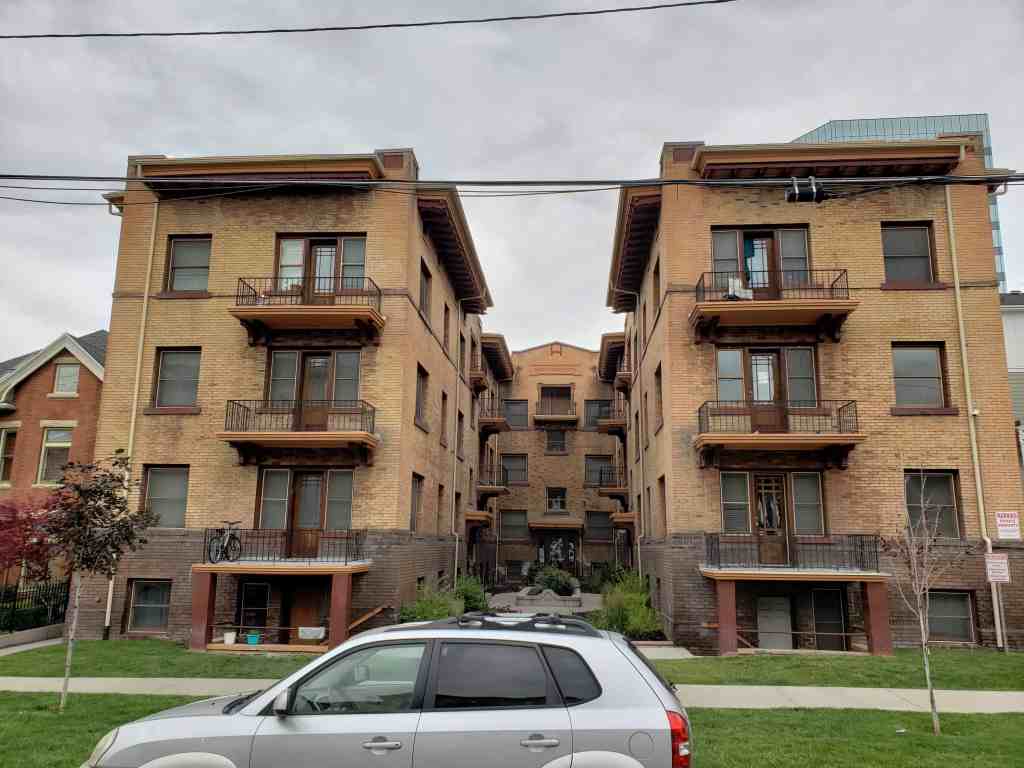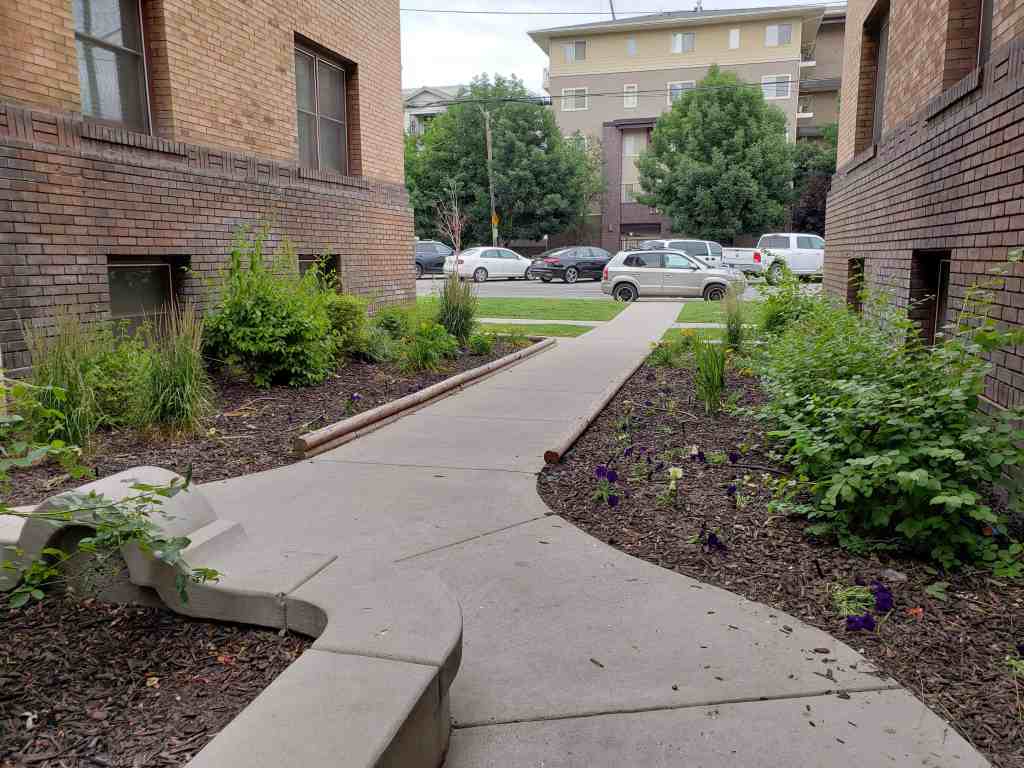Constructed in 1908, the Smith Apartments is one of over 180 “urban apartments” built in Salt Lake City during the first three decades of the twentieth century, a period of unprecedented expansion and urbanization. Over 60 percent of those buildings are either listed or eligible for listing in the national Register. Urban apartments are significant under Criterion C as a distinct and important type of residential building in the city. Apartments are remarkably consistent with one another in terms of building plan, height, roof type, materials, and stylistic features. These and other characteristics mark them as a new and distinct type of early twentieth century residential building. Under Criterion A, urban apartments are significant for their association with the rapid urbanization of Salt Lake City during the 1890s 1930 period. The growth that took place during those decades spurred the construction of two opposing types of housing In the city: urban apartments and suburban homes. Suburban homes represent a rejection of urban conditions. Apartments, on the other hand, document the accommodation of builders and residents to the realities of crowded living conditions and high land values. They were a significant new housing option that emerged in response to the growth that transformed Salt Lake City into an urban center during the early twentieth century.
Located at 228 South 300 East in Salt Lake.
Related:
The building permit for the Smith Apartments was Issued on May 25, 1908, to David Smith, who had purchased the property in March of that same year. Estimated cost of the 16-unit building was $50,000. The architect was the local firm of Ware and Treganza, and the builders were Andrew and James E. McDonald, local general contractors.
David Smith and his wife, Alice G., lived in the apartments until 1910, when
they moved to a house at 1257 E. 100 South. David Smith was a rancher from Idaho who was also involved in banking and other business interests in Salt Lake City. The Smith family continued to own the apartments until 1944, when they sold it to Riverton Motor Company.
The Smith Apartments is one of only two apartment buildings in Salt Lake City known to have been designed by Ware and Treganza, one of the most prolific and prominent architectural firms in Utah during the early twentieth century. They designed many other residential buildings- – primarily houses, but also a few smaller multi-family dwellings. The other Ware and Treganza designed apartment is the Caithness Apartments located at 86 B Street in the Avenues Historic District. That building is a significant example of the Prairie School style in Utah, whereas the Smith Apartments is a more subdued example of the style. Both the Caithness and the Smith are walk-up U-court type apartments, though the central court of the Smith is much narrower than that of the Caithness.
The firm of Ware and Treganza has been credited as the second-most important architectural firm in terms of its impact on Utah architecture. Walter E. Ware, a native of Massachusetts, came to Salt Lake City about 1890 after working for the Union Pacific Railroad in Omaha and Laramie and establishing a private practice in Denver. In 1901 he established a partnership with Alberto O. Treganza, who had been trained at Cornell University and worked in the well-known California firm of Hebbard and Gill in San Diego. The partnership lasted almost two decades, producing designs for scores of buildings in Salt Lake City and throughout Utah.



















Pingback: Salt Lake Sorted by Address | JacobBarlow.com